Tony Hall
Kew Publishing 2020
The weather has been below freezing recently, so I’m quite happy to stay in the warm to review this book. I have never been a fan of succulents, including our local opuntia, but I do like the invasive carpobrotus and the sedums found on the garrigue.
The Bold Dry Garden follows a familiar pattern to other themed gardening books, beginning with the history of the garden, the author’s obsession (in this case with succulents), do’s and don’ts and an ABC of photographs of succulents. This book could well be describing the pitfalls and solutions to establishing a garden in southern France! I particularly liked the fact that Ruth Bancroft “took her (cues) from the climate […] was willing to experiment and fail. Over the years, she developed confidence in her decisions about what to plant”. I think this mirrors most of our gardening experiences in the Midi.
The weather in Walnut Creek, northern California, is described as Mediterranean, with warm summers with virtually no rainfall and mild winters, sometimes with frosts and rarely snow. Citrus grows there as well as apples. It is a climate similar to, but not quite the same as ours in France.
The owner of the garden, Ruth Bancroft, began collecting plants during the ‘50s and ‘60s and started planting them in her garden in the early ‘70s. She learnt the hard way, ‘on the job’. As the seasons passed she gained experience and confidence. This was exactly my experience in 1996 when I started gardening in Uzès. Gardening then was by trial and error, there were few books to help and guide us and very little experience. Olivier Filippi had just started and Jocelyn van Riemsdijk formed the French section of the Mediterranean Garden Society in 2003. Even now gardening in the south of France has only just reached maturity, let alone ‘old age’!
Christine Daniels visited the Ruth Bancroft garden in November 2017 and took these photos showing how it looks today.

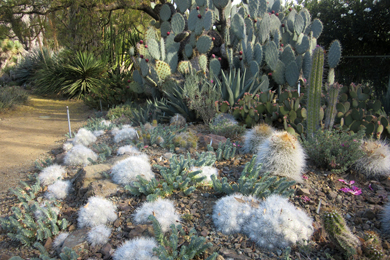


I particularly liked the section entitled ‘Signature plants for the dry garden’. This describes plants from aeoniums to terrestrial bromeliads and is accompanied with superb photographs of agaves, aloes, cacti, crassulas, echeveria, euphorbias, gasteria, haworthia, ice plants, proteas, sedums, sempervivum and trees. Their striking features are directly due to their adaptations to cope with their limited water supply. Aborted leaves in the case of Sedum album, strappy yucca leaves, fuzzy stems, spirals and rosettes of leaves, tiny leaves, dagger-like spines of Dasylirion sp., cacti with swollen and paddle stems , stone plants, candelabra flowers of aloes, spines of euphorbias. It is impossible to describe these plants without the aid of photographs; then they come alive.
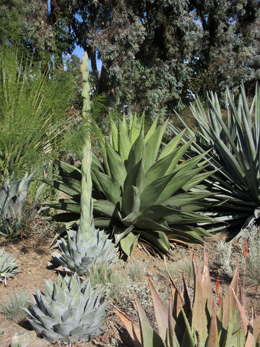
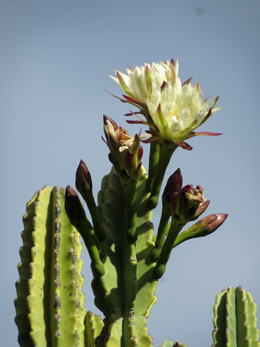
| Agave collection | Cereus repandus |
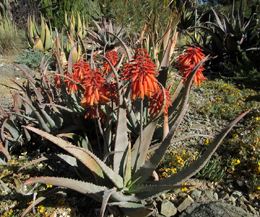
| Aloe rubroviolacea |

| Mammillaria geminispina |
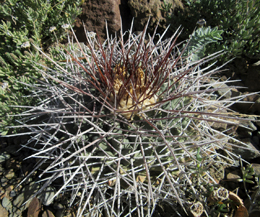
| Thelocactus rinconensis subsp. nidulans |
This is a must-have book for anyone with a passion for succulents. Incidentally, there are at least 35 species of aeoniums and the majority are native to the Canary Islands.
Here are a few succulents growing as ornamentals in pots on walls in France.
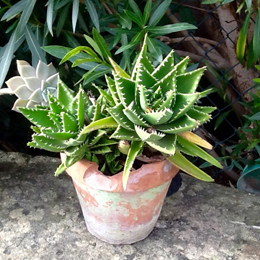

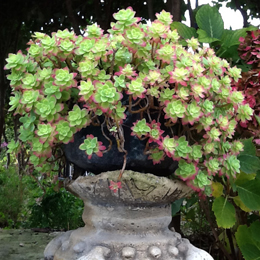
Review by David Bracey – Mediterranean Gardening France
